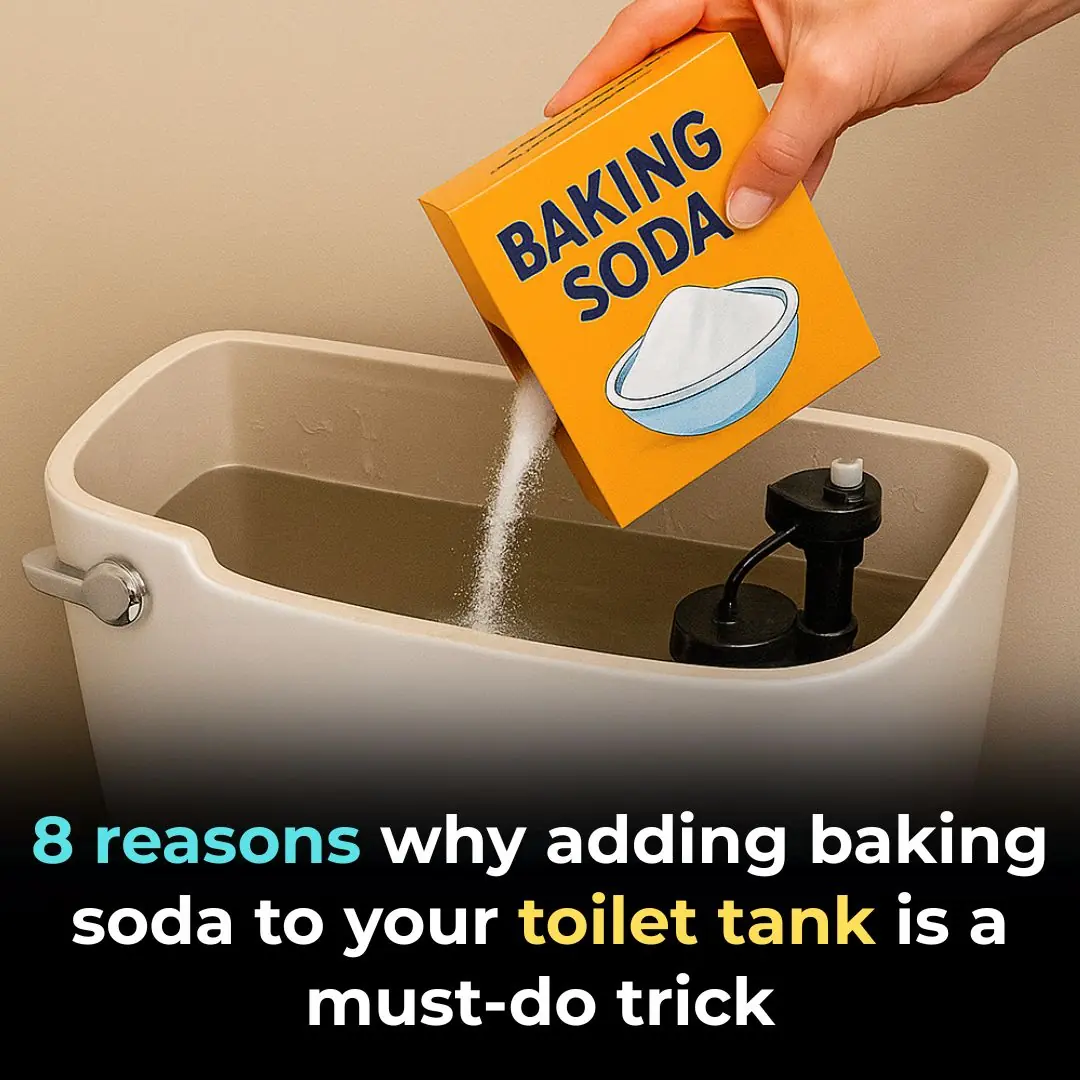
10 dishwasher habits you’re doing wrong
Dishwashers are one of the most underrated inventions in the modern kitchen. They save hours of manual scrubbing and use far less water than washing by hand. Yet, to truly make the most of your dishwasher—and to extend its lifespan—it’s important to understand how to use it correctly. Over time, many of us pick up habits that seem harmless but can actually reduce cleaning performance, waste energy, or even damage the appliance.
In this guide, we’ll go through eleven common dishwasher mistakes that people make and show you how to correct them. By breaking these habits, you’ll enjoy spotless dishes, more efficient operation, and a longer-lasting appliance.
1. Overloading the Dishwasher
It’s tempting to squeeze in just one more plate or mug, but overloading your dishwasher can drastically reduce its cleaning power. When dishes are packed too tightly, water and detergent can’t circulate effectively, leaving behind grease, residue, and bits of food.
For best results, leave some space between each item so that water can reach every surface. Place large pots and pans around the perimeter and smaller dishes in between. No item should block the spray arms—most rotate 10–15 inches across—so make sure they can spin freely.
Pro tip: If you frequently find yourself with overloaded cycles, consider running smaller loads more often or adjusting your dish usage habits throughout the day.
2. Placing Plastic Containers on the Bottom Rack
Plastic items don’t belong on the bottom rack—ever. The heating element beneath the lower rack generates intense heat, which can warp or melt plastic containers. Even “dishwasher-safe” plastics can degrade over time if they’re exposed to high heat repeatedly.
Always place plastic containers, lids, and utensils on the top rack, where the temperature is gentler. Double-check that your plastics are labeled as dishwasher safe, and if in doubt, wash them by hand to extend their life.
3. Mixing Stainless Steel with Silver Utensils
It might seem harmless to toss all your cutlery together, but mixing stainless steel and silver utensils can cause galvanic corrosion, a chemical reaction that tarnishes and pits silver. Moisture and detergent act as conductors between the metals, accelerating the process.
Keep your silver and stainless steel separate—either in different sections of the utensil basket or even different wash cycles. This small habit protects your silverware’s shine and prevents long-term damage.
4. Running Half-Empty Loads
Running your dishwasher when it’s only half full wastes both water and energy. Dishwashers are designed to clean efficiently when fully loaded, and partial loads don’t create enough water pressure or movement to clean effectively.
Try to wait until you have a full load before running a cycle. If that’s not possible—say, for a smaller household—look for models with an eco or half-load option, which uses less water and energy while still cleaning effectively.
5. Not Scraping Off Food Residue
Modern dishwashers are powerful, but they’re not garbage disposals. Failing to scrape off food can lead to clogged filters, poor water circulation, and lingering odors.
Before loading, use a fork or spatula to remove leftover food scraps into the trash or compost bin. You don’t need to pre-wash—just make sure no large particles remain. This simple step can help your dishwasher clean better and last longer.
6. Skipping the Pre-Rinse (Sometimes)
Here’s a surprise: pre-rinsing isn’t always helpful. Today’s detergents are formulated to cling to food particles, so a little residue actually improves cleaning. However, if your dishes will sit for hours before washing, a quick rinse can prevent food from hardening and sticking.
Always check your user manual—some dishwasher models are optimized for dishes that go in dry, while others handle lightly rinsed dishes better. A little experimentation can go a long way.
7. Using the Wrong Detergent
Not all cleaning products are created equal. Using regular dish soap instead of dishwasher detergent can cause overflowing suds, leaks, and a big mess on your kitchen floor. Even using the right type of detergent incorrectly—too much or too little—can lead to residue or cloudy glassware.
Stick with a high-quality detergent designed for dishwashers, and follow the manufacturer’s dosage recommendations (usually 1–2 tablespoons). If you have hard water, look for a formula with built-in softeners or add a rinse aid to improve shine.
8. Ignoring the Dishwasher’s Filter
Most people forget their dishwasher has a filter—and it’s a big mistake. The filter traps small bits of food and debris to keep them from recirculating. If left uncleaned, it can clog, smell bad, and reduce cleaning performance.
Once a month, remove the filter (usually found at the bottom of the dishwasher), soak it in warm soapy water, and scrub it gently with a soft brush. Keeping the filter clean ensures strong water flow and prevents unpleasant odors from developing.
9. Choosing the Wrong Cycle
Dishwashers offer a range of settings for a reason. Using the wrong cycle wastes water and may even damage delicate items. For example, a heavy-duty cycle is perfect for greasy pots and pans, but it’s too harsh for fine glassware, which should go through a gentle or glass cycle.
Take a few minutes to learn what each cycle does. For most everyday dishes, the normal or auto setting works best. Save the quick cycle for lightly soiled loads when you’re short on time.
10. Loading Dishes Incorrectly
Even if you use the right cycle and detergent, poor loading can ruin the results. Make sure plates face inward toward the center, where the water sprays most directly. Bowls should be angled downward so water can drain off. Glasses and cups belong upside down on the top rack to prevent pooling.
Avoid overlapping items or covering the detergent dispenser. Following your dishwasher’s loading diagram (often found inside the door) can make a big difference in overall performance.
11. Neglecting Regular Maintenance
Like any appliance, your dishwasher needs occasional TLC. Wipe the door seals to remove grime, inspect the spray arms for clogs, and run a cleaning cycle with a dishwasher cleaner every few months to remove mineral buildup.
Check for leaks, odd noises, or longer-than-usual cycles—these are early signs of potential issues. Addressing small problems quickly helps prevent expensive repairs and keeps your dishwasher running smoothly for years.
Bonus tip: Once or twice a year, run an empty cycle with a cup of white vinegar on the top rack. It’s an easy, natural way to remove odor and limescale.
Final Thoughts
Using your dishwasher efficiently isn’t just about convenience—it’s about protecting your investment. By avoiding these common mistakes and following proper maintenance habits, you’ll enjoy cleaner dishes, save on utilities, and keep your dishwasher working at its best for the long haul.
So next time you load up your dishwasher, take an extra minute to do it right—your future self (and your sparkling dishes) will thank you.
News in the same category


My nana taught me this hack to dust ceiling fans in 3 mins with 0 work. Here’s how it works
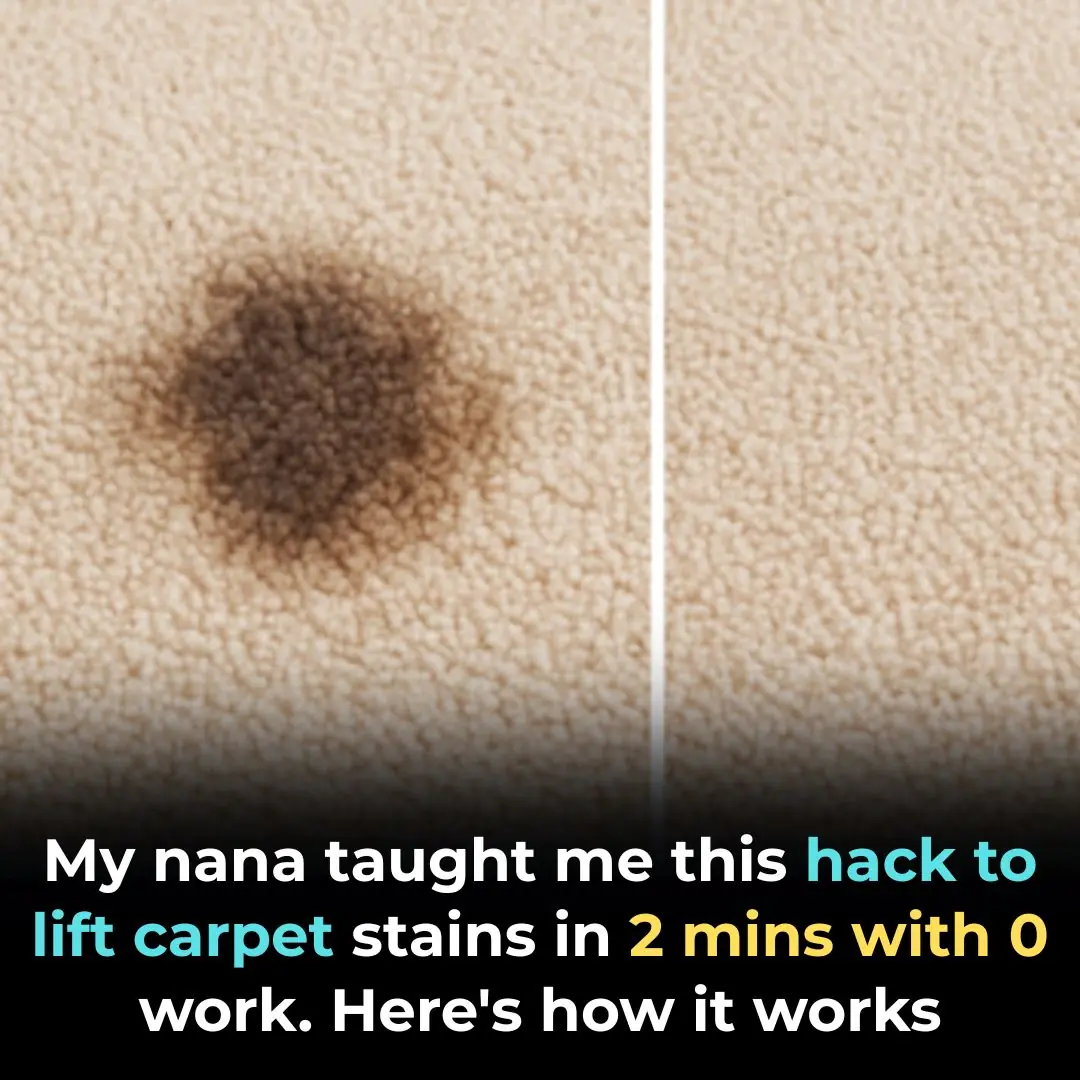
My nana taught me this hack to lift carpet stains in 2 mins with 0 work. Here’s how it works

3 ways to prevent snakes from entering the house, everyone needs to know to protect their family
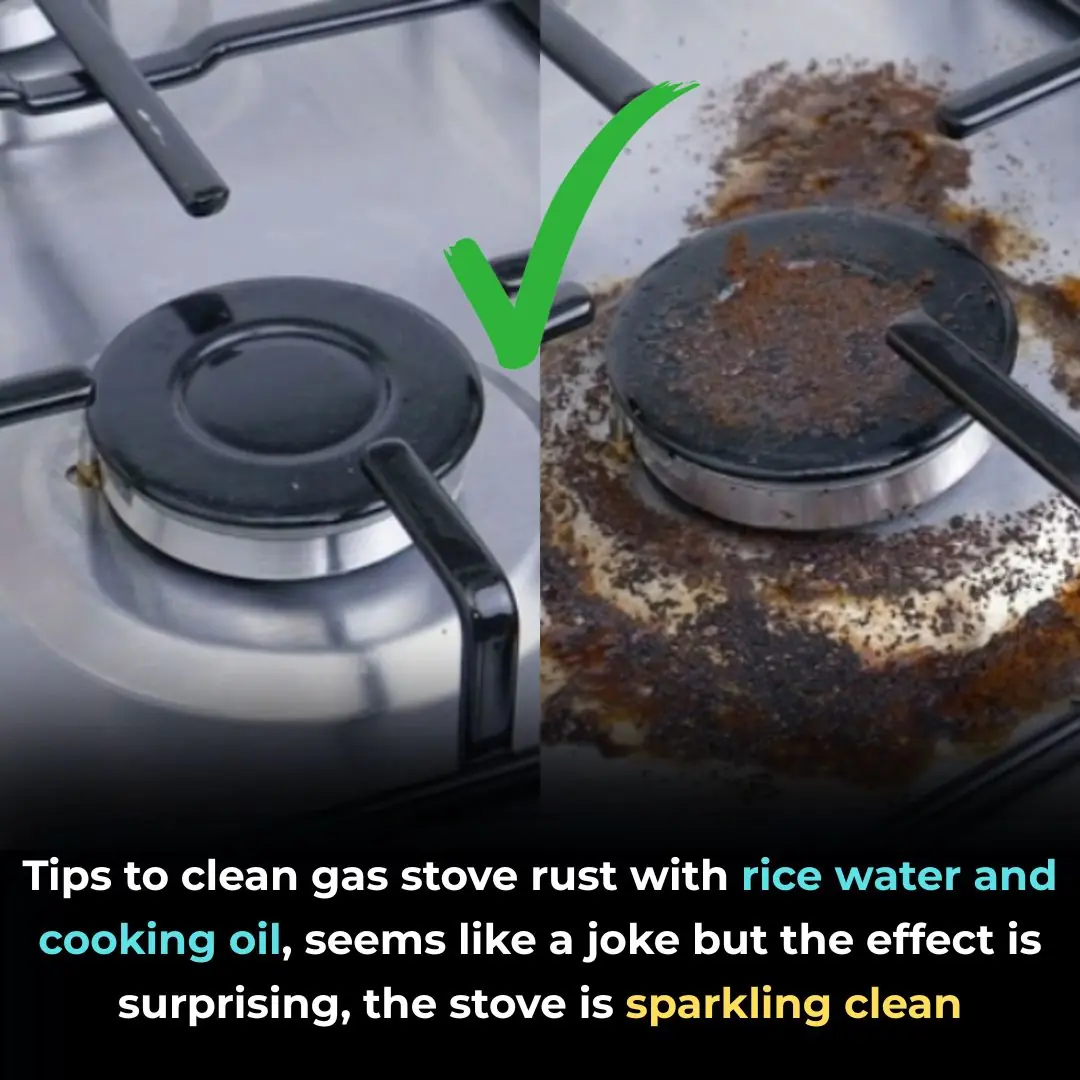
Tips to clean gas stove rust with rice water and cooking oil, seems like a joke but the effect is surprising, the stove is sparkling clean
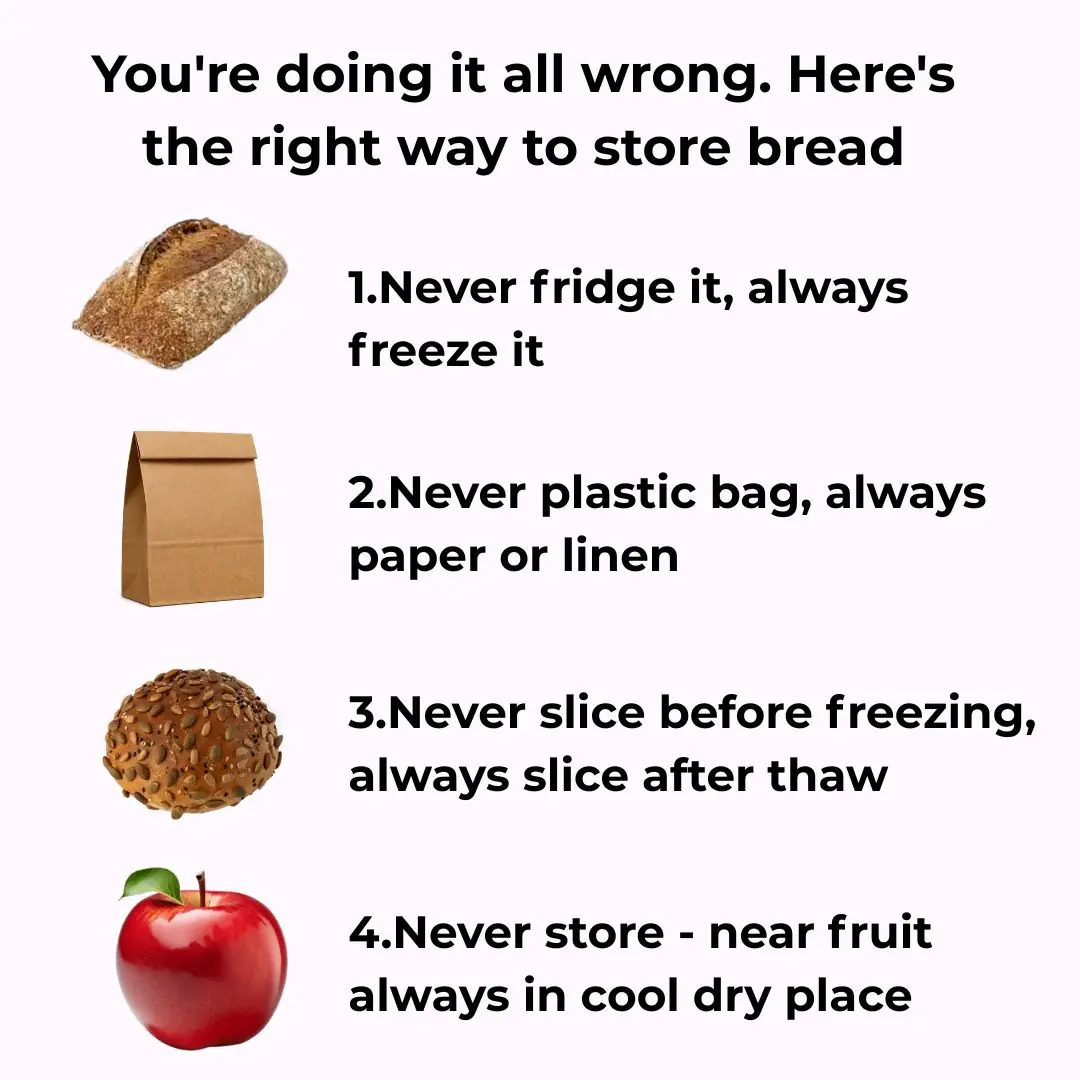
You’re doing it all wrong. Here’s the right way to store bread

Make Your Bitter Melon Soup Sweet and Nutritious — Just Add This One Ingredient
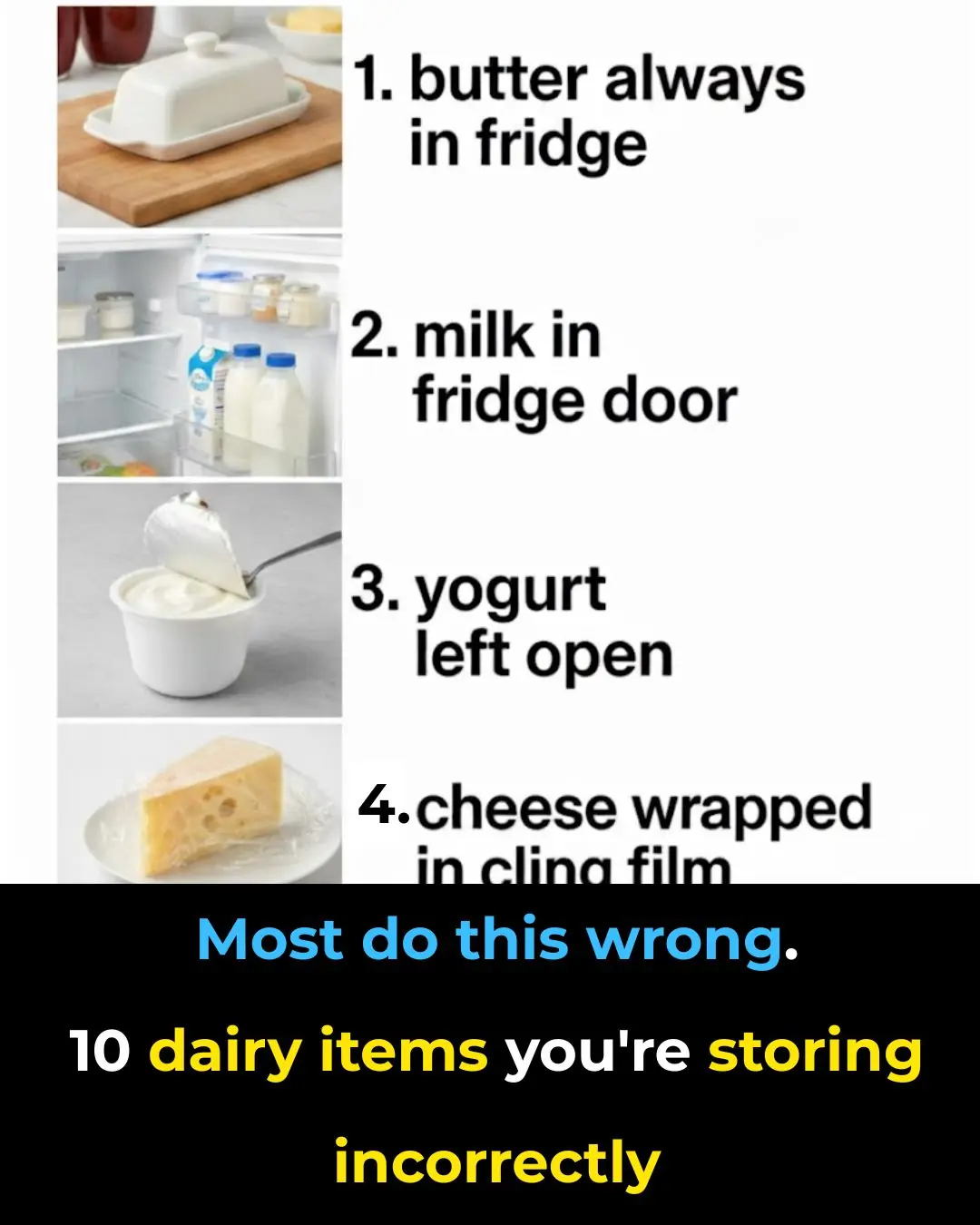
Most do this wrong. 10 dairy items you’re storing incorrectly
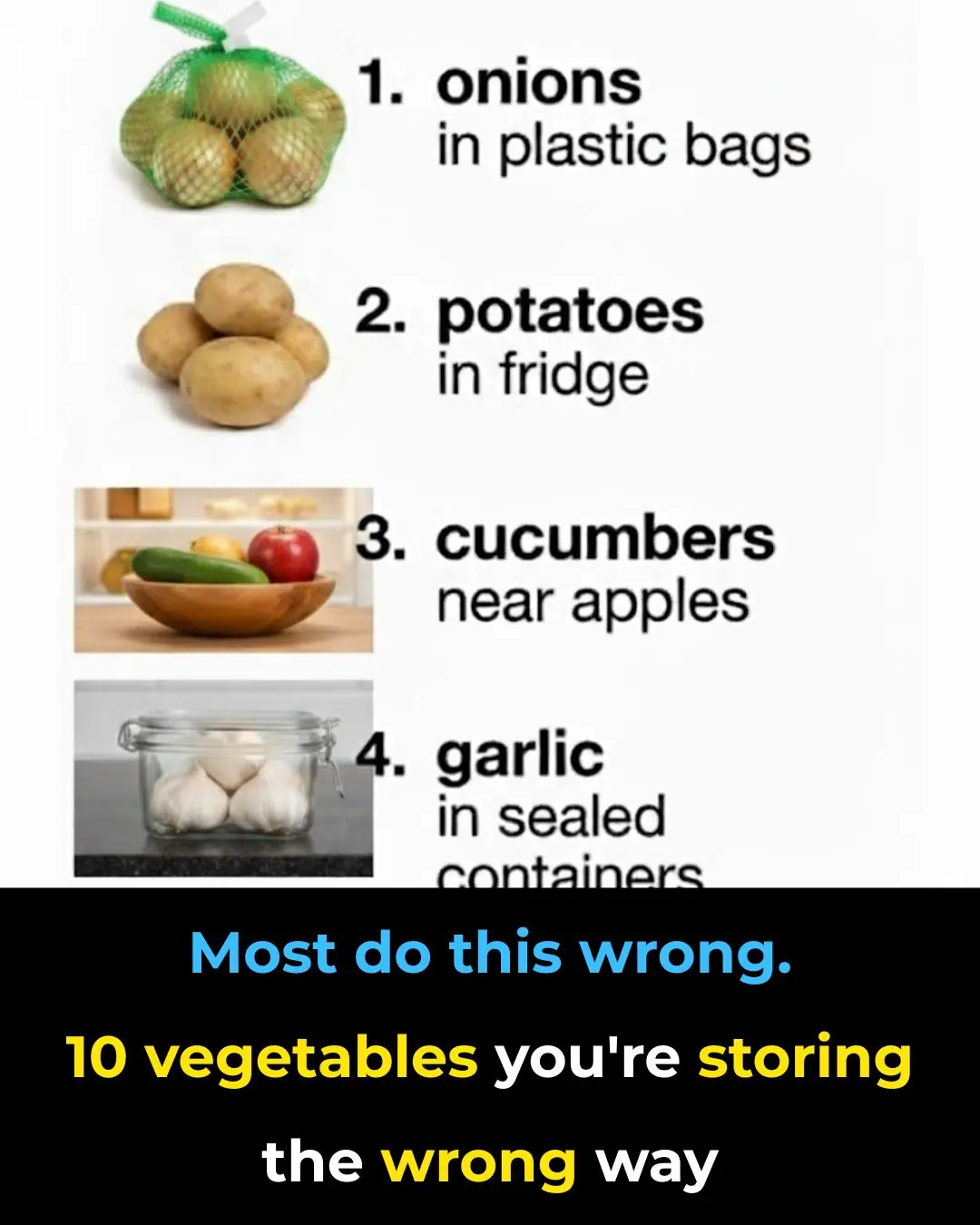
Most do this wrong. 10 vegetables you’re storing the wrong way
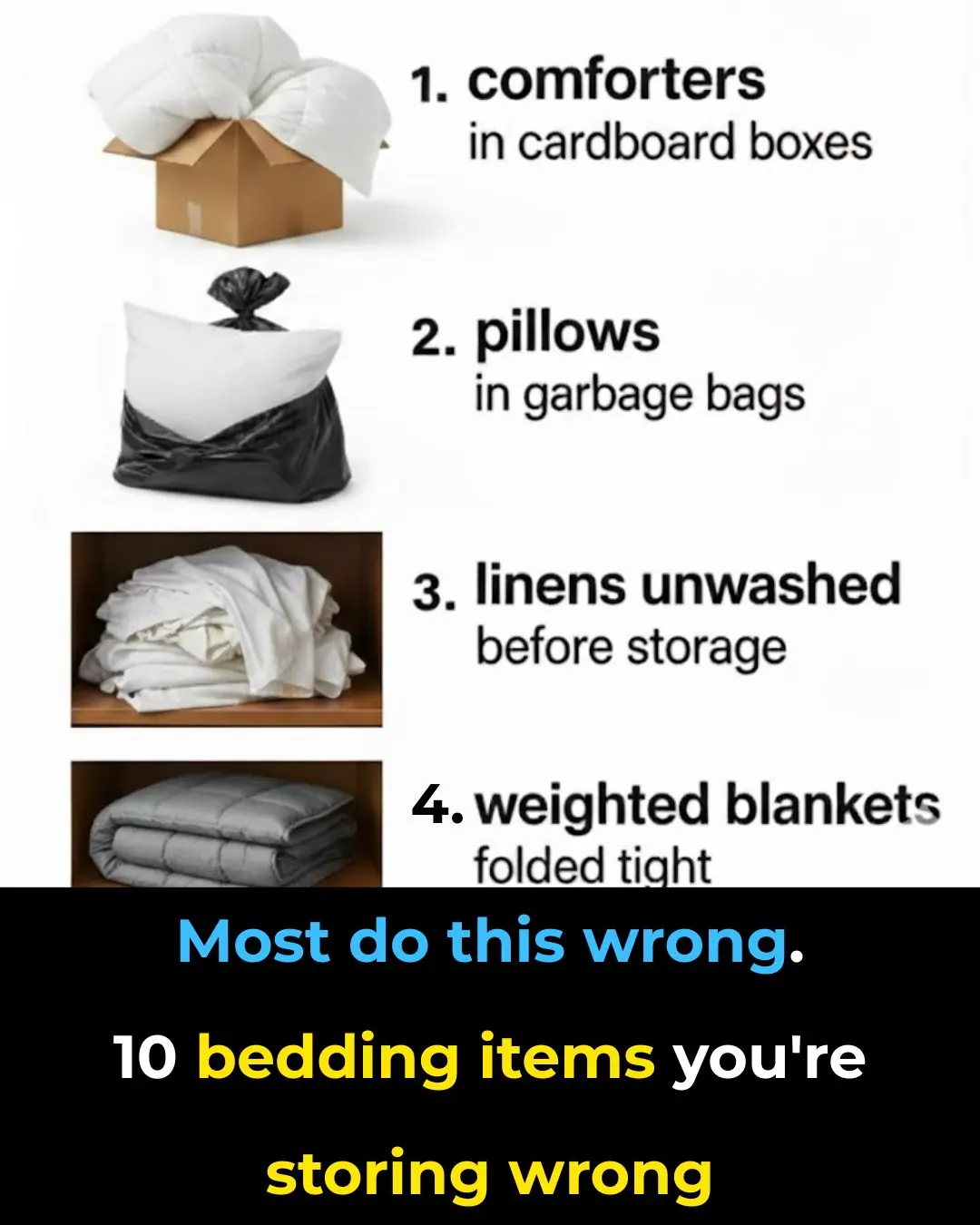
Most do this wrong. 10 bedding items you’re storing wrong

5 foods you should never keep in the refrigerator door, take them out immediately before it's too late

Why are women's buttons on the left while men's are on the right?
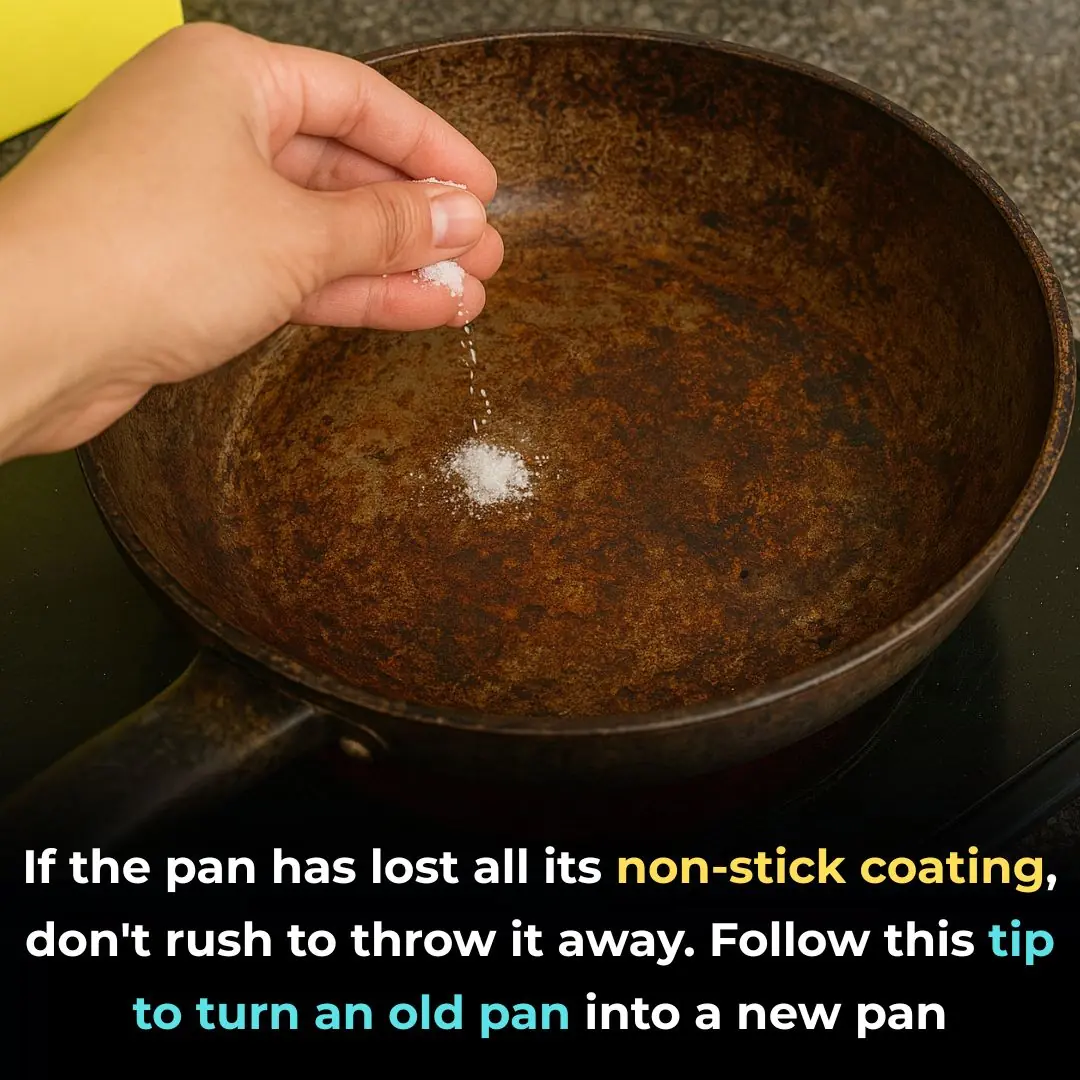
If your pan has lost all its non-stick coating, don't be quick to throw it away; follow this method and your pan will be like new again.
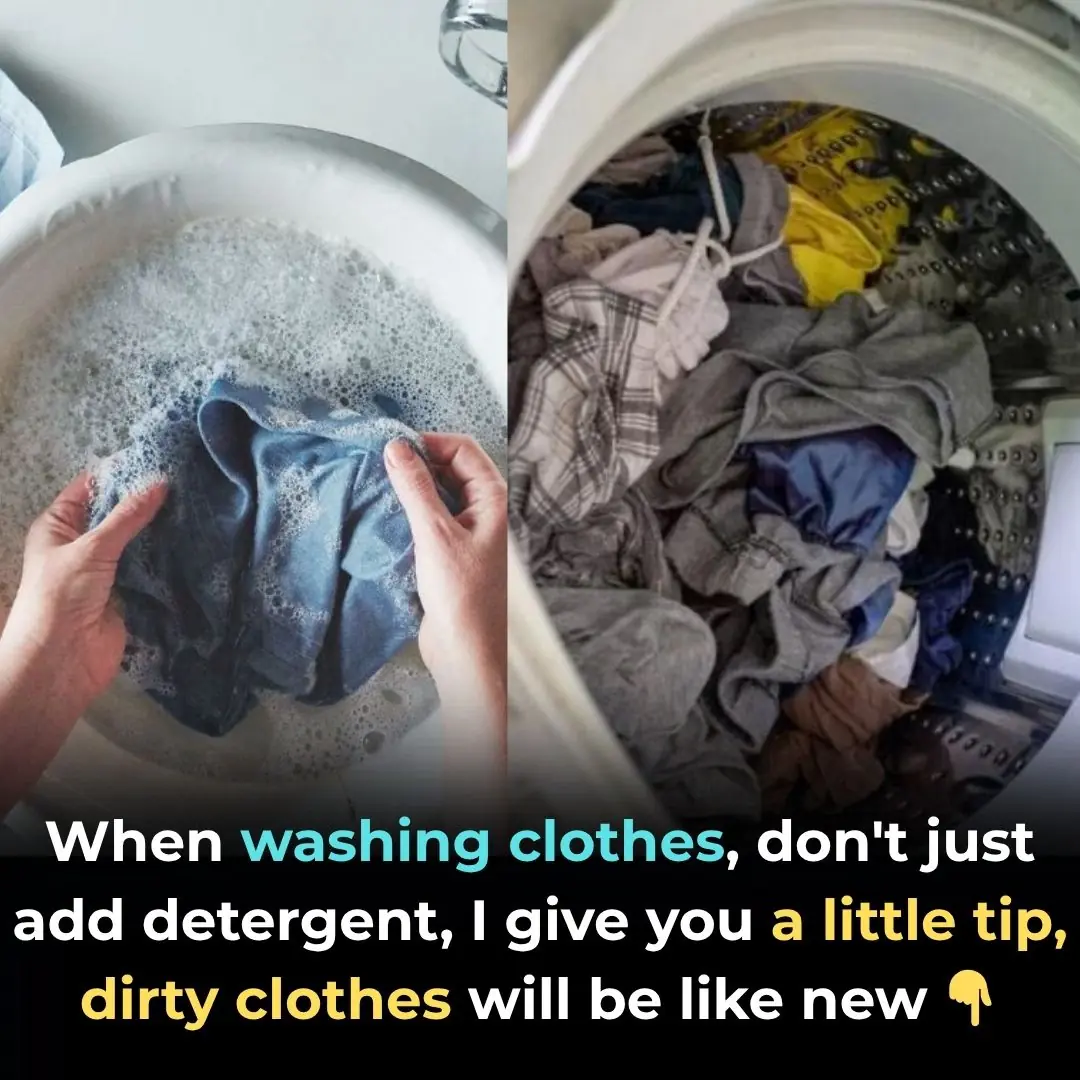
When washing clothes, don't just add detergent; here's a little tip for you: dirty clothes will look like new.

Mosquitoes are very afraid of this liquid; placing a bowl in the room keeps them from buzzing around all night.

Don't throw away rotten tomatoes, the rottener the tomatoes, the more useful they are if you know these uses

Here's how to open a can in an emergency (this is so simple!)

When buying avocado, don't be greedy for big fruit or you'll "waste money", choose this point to get the most delicious and supple one.

98% of people don't know what the hole in a safety pin is for
News Post

Why You Shouldn’t Pluck Your Nose Hairs

Adam Sandler Sends Heartfelt Flowers to Jennifer Aniston EVERY Year On a Specific Day and Here’s Why

8 reasons why adding baking soda to your toilet tank is a must-do trick

My nana taught me this hack to dust ceiling fans in 3 mins with 0 work. Here’s how it works

My nana taught me this hack to lift carpet stains in 2 mins with 0 work. Here’s how it works

YouTubers spend $10,000 unboxing three jet boats from Temu and are in shock at what's delivered

Netflix star issues message to MrBeast after claims YouTube star is opening his own bank

Remembering Lee Elder, A Trailblazer Who Broke Barriers In Golf

‘Towanda Was Right’: Tamar Braxton Lands In the Hot Seat After Cozy Onstage Moment with Toni Braxton’s Husband Birdman

The Elephant That Never Forgot.

The Man Who Never Stopped Living.

The Cry in the Cane Field: A Mother Leopard’s Reunion.

The Diver Who Never Came Back: The Story of Saman Kunan.

The Girl Who Refused to Give Up: Yulia’s Story of Survival and Courage.

Camille’s Fight: The Girl Who Named Her Tumor and Found Her Courage.

A Dance for Daddy: The Soldier Who Stepped In When a Little Girl Needed Him Most.

The Man Who Gave a Turtle Its Freedom Back.

To the Ones Who Show Up: A Mother’s Letter to the Teachers Who Stand Between Our Children and the World.

The Whale Behind Them: A Once-in-a-Lifetime Encounter at San Ignacio Lagoon.
